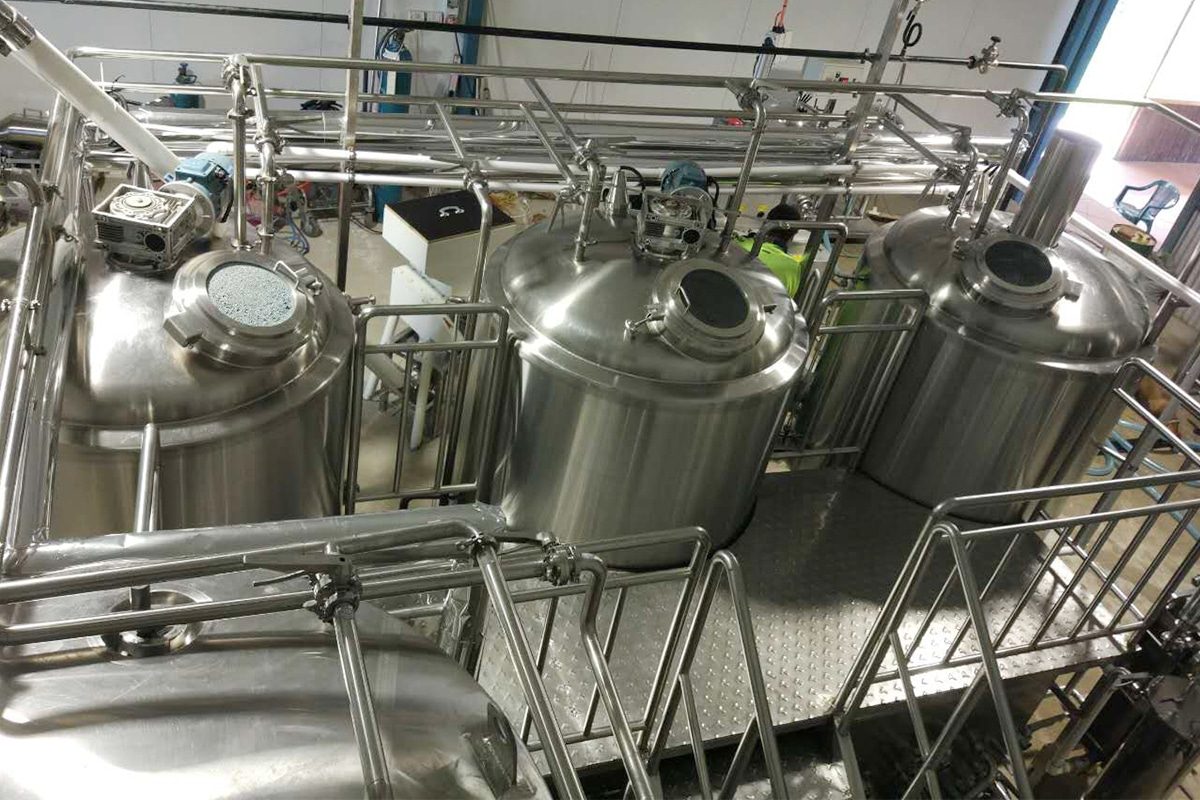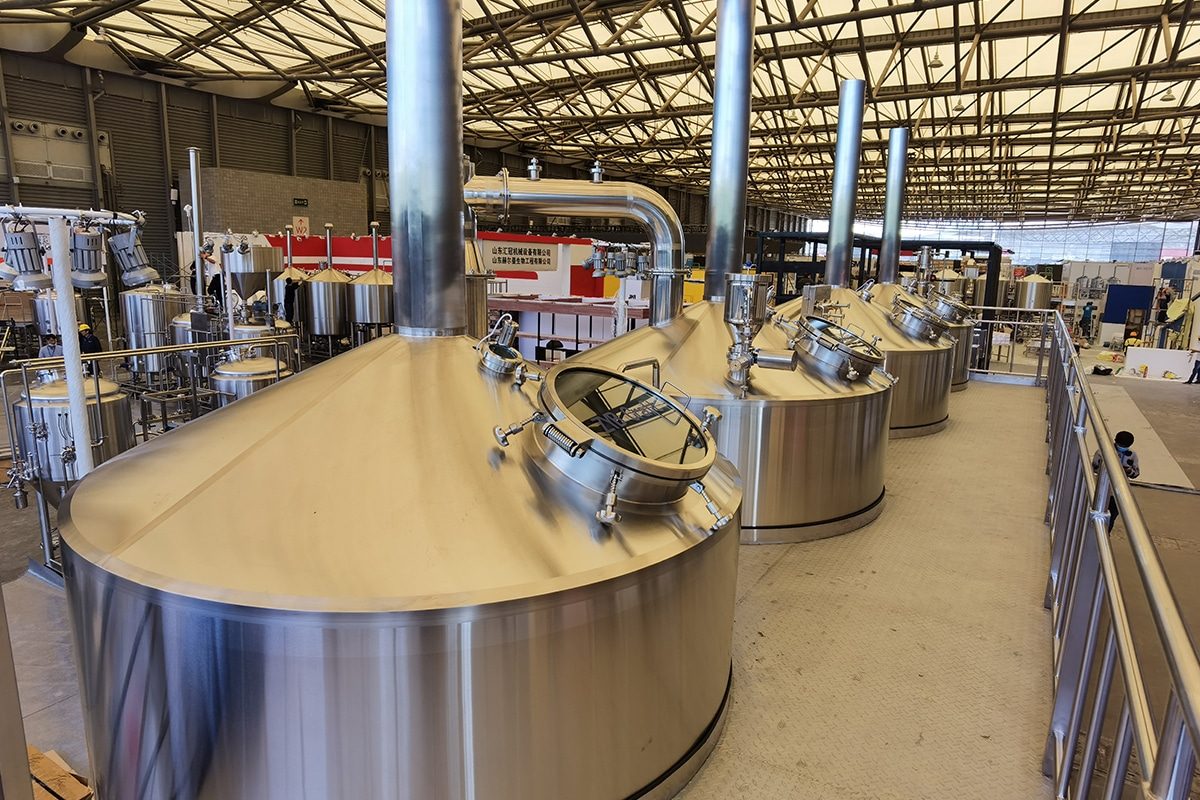
What's the Difference Between Brewery and Craft Brewery?
The difference between a brewery and a craft brewery
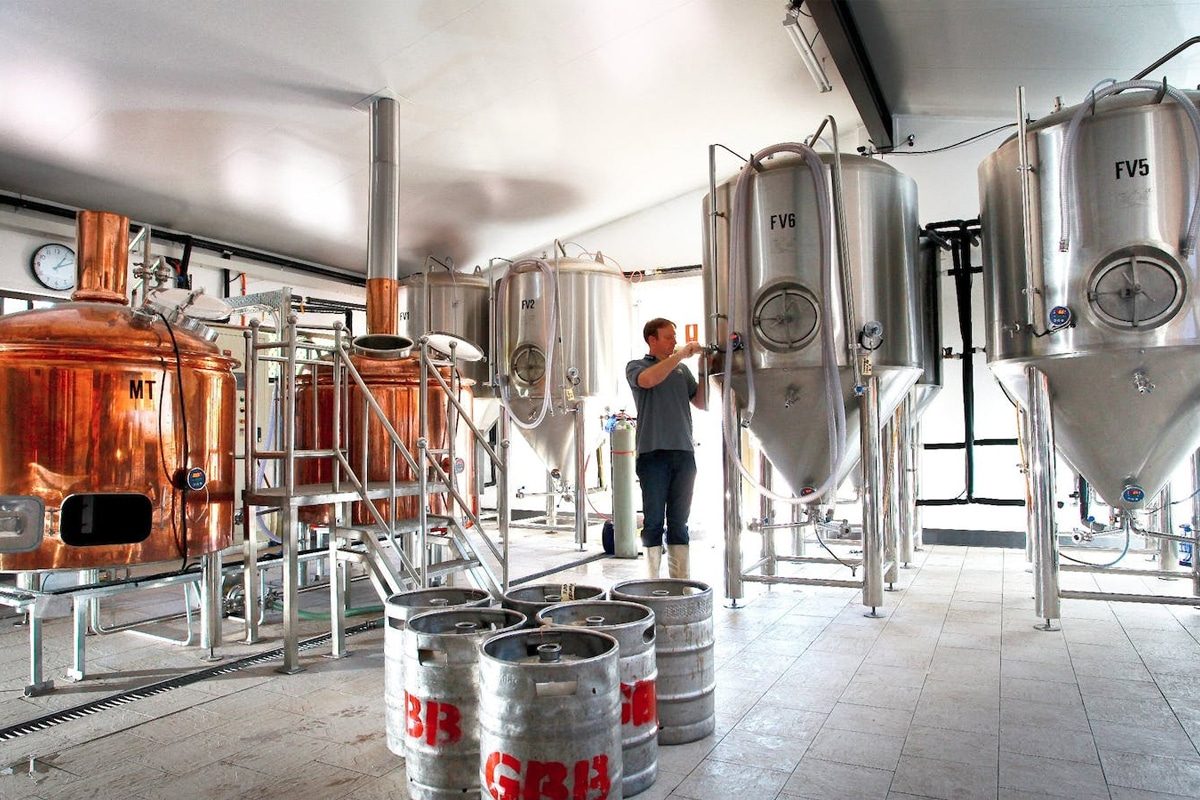
History Background
Traditional Brewery
Craft Brewery
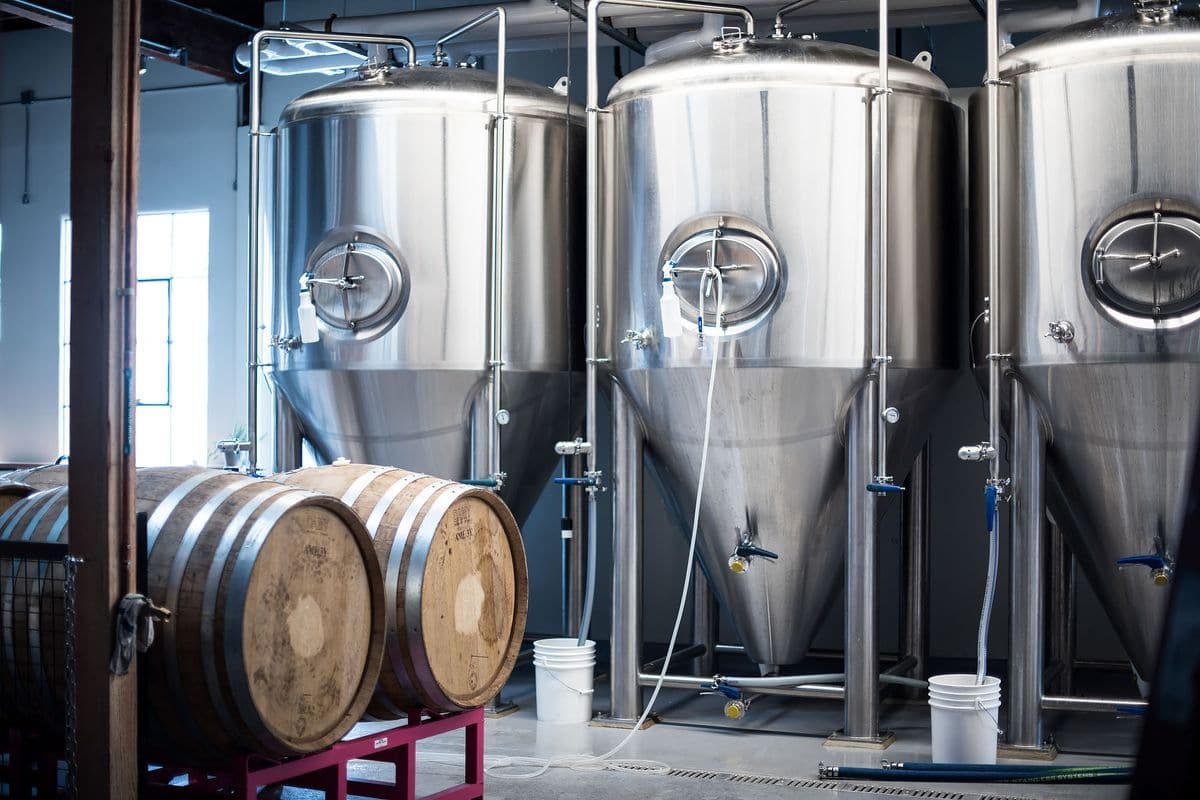
Definition And Characteristics
Traditional Brewery
Craft Brewery
- Small: Craft breweries should produce no more than 6 million barrels of beer per year.
- Independent: A brewery should be majority-owned by individuals or other craft brewers, rather than by large beverage companies.
- Tradition: Craft breweries should focus on traditional brewing methods and the brewing of high-quality innovative beers.
- Focus on quality: Craft breweries prioritize quality over quantity. They use high-quality ingredients and meticulous brewing techniques to brew exceptional beers.
- Innovation: Craft breweries are known for their experimental and creative brewing methods. They are more likely to produce unique, limited edition, or seasonal beers.
- Community involvement: Many craft breweries have strong ties to their local communities. They are regularly involved in community events and partner with local businesses.
- Authenticity: Craft breweries take pride in their authenticity and often have a compelling story or idea behind their brand.
- Diverse beer styles: While some craft breweries specialize in specific styles, many offer a variety of beer types to satisfy a wide range of beer lovers.
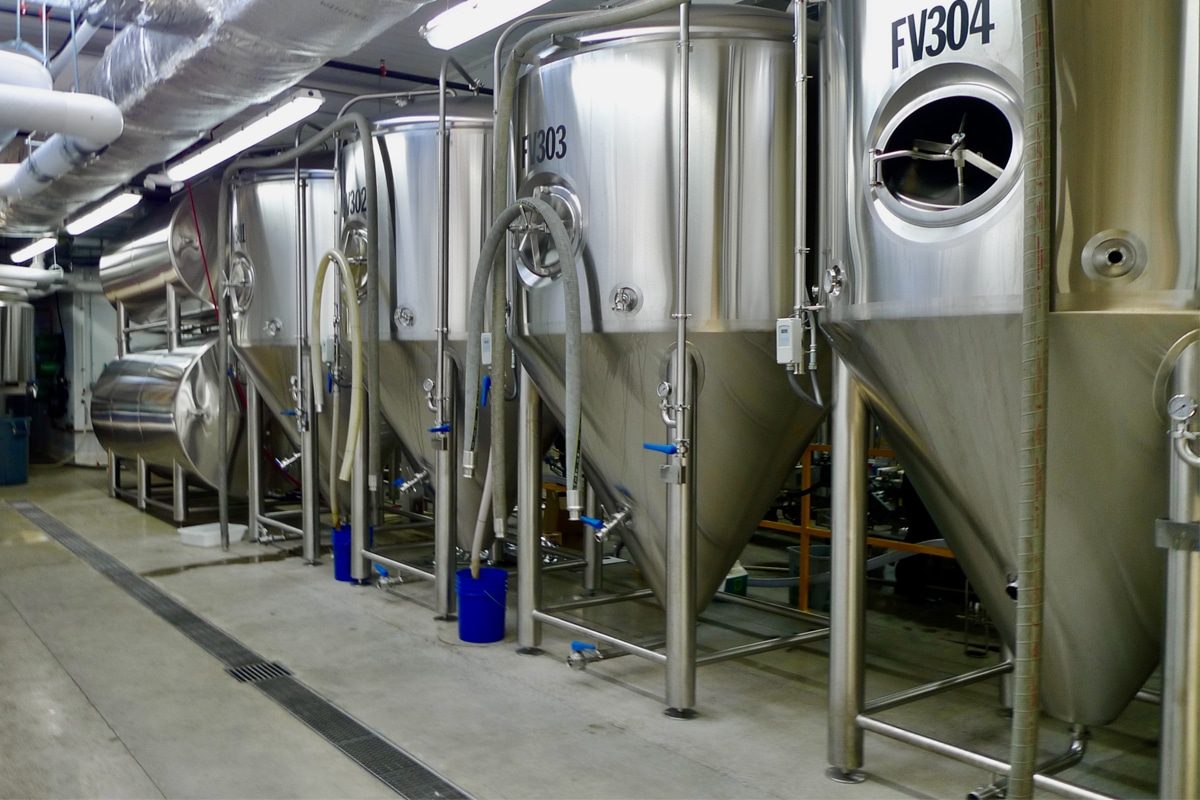
Brewery Size Range
Beer designs come in many sizes, from the smallest nano-brewery to the largest multinational beer companies. Understanding this helps clarify the difference between a brewery and a craft brewery.
- Nano brewery: These are the smallest plants that typically produce a few gallons to a few barrels of beer. They are often a labor of love and the beer is usually sold primarily on site.
- Microbrewery: A microbrewery is slightly larger than a nanobrewery and typically produces 100 to 15,000 barrels of beer per year. They can distribute beer locally or regionally and are known for their focus on quality and unique products.
- Regional brewery: These breweries produce large quantities of beer and typically distribute their products to a wider area. However, they still focus on traditional methods and quality.
- Large-brewery: These are the major players in the beer industry. They produce millions of barrels of oil every year and have national and even international influence. Their main focus is on producing consistent, mass-market beers.
- Craft breweries: As mentioned earlier, craft breweries are smaller and independent, but they can be divided into various size categories, including nano brewery and microbrewery.
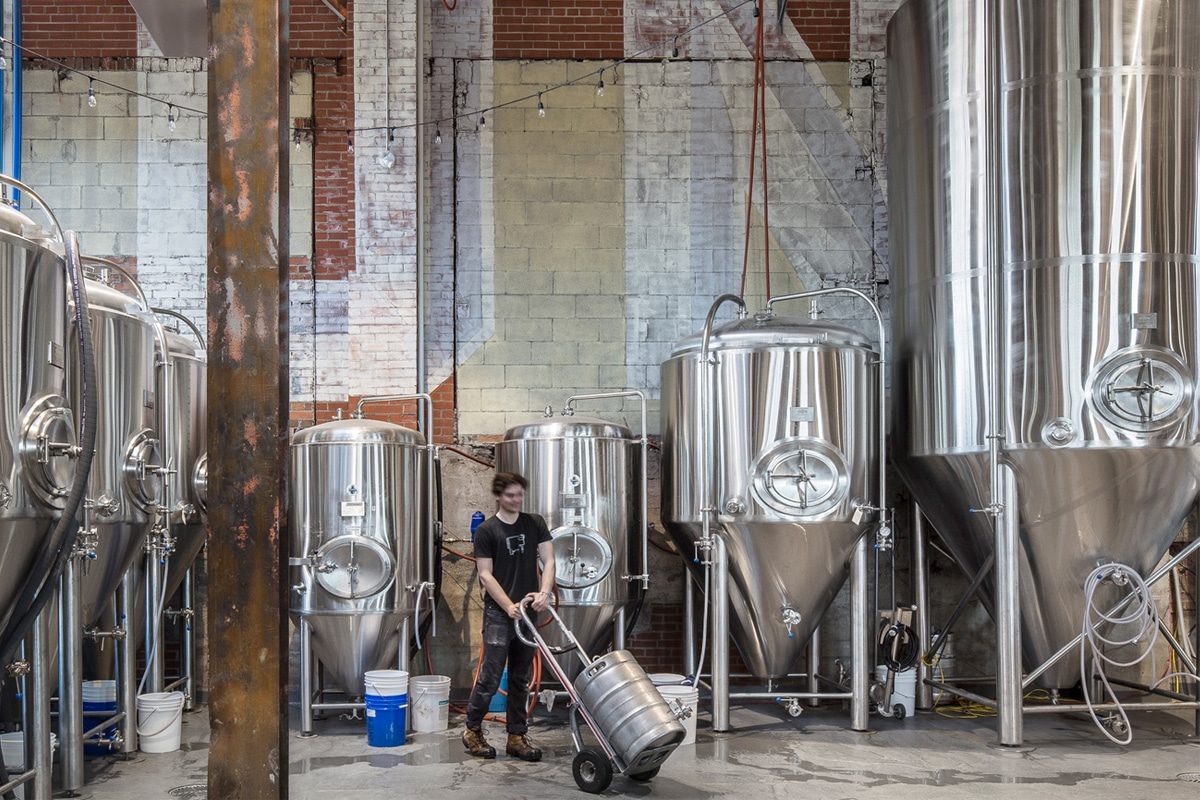
Brewing Concept
Traditional Brewery
One of the core differences between breweries and craft breweries is their brewing philosophy. Breweries tend to prioritize efficiency and consistency in their brewing operations. The main differences between this approach and that of a craft brewery are:
- Economies of scale: Larger breweries benefit from economies of scale, which allow them to produce beer at a lower unit cost. This is accomplished by mass-producing beer.
- Standardization: Large breweries often prioritize consistency, ensuring that beer produced at one location tastes the same as beer produced at another location.
- Advanced technology: The brewery uses cutting-edge technology to streamline the production process and ensure it can efficiently produce large quantities of beer.
- Wider distribution: Breweries often have the resources and distribution network to supply their beer to a wider geographic area, even around the world.
Craft Brewery
Craft breweries place a strong emphasis on craftsmanship and tradition. Here’s how this philosophy plays out in their operations:
- Attention to detail: Craft breweries pay meticulous attention to every aspect of the brewing process, from selecting the best ingredients to monitoring fermentation and clarification.
- Traditional methods: Many craft breweries prefer traditional brewing methods, such as using natural ingredients and avoiding shortcuts or additives.
- Craft brewing: Craft brewers often describe their beers as “craft brewing” because of the hands-on approach they take throughout the brewing process.
- Experimentation: Craft breweries embrace experimentation while staying true to tradition. They are more likely to brew unique, experimental, and innovative beer styles.
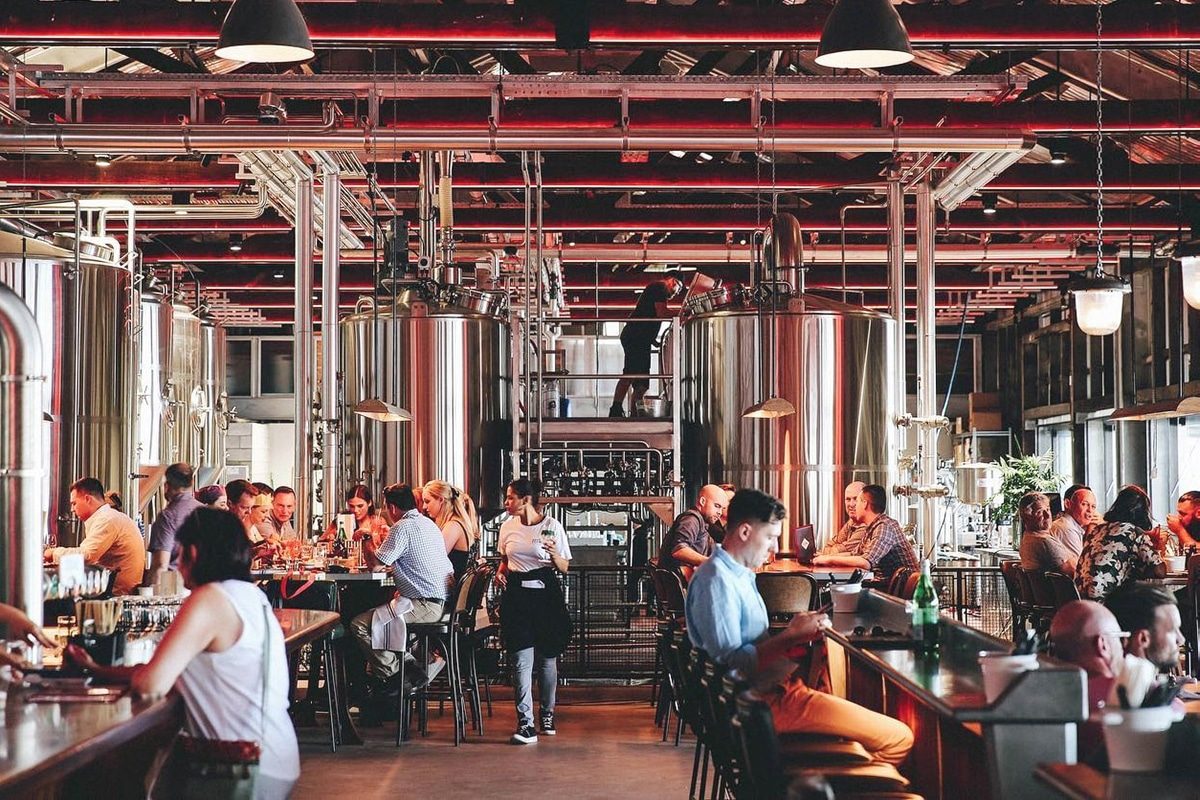
Ownership And Independence
Traditional Brewery
Craft Brewery
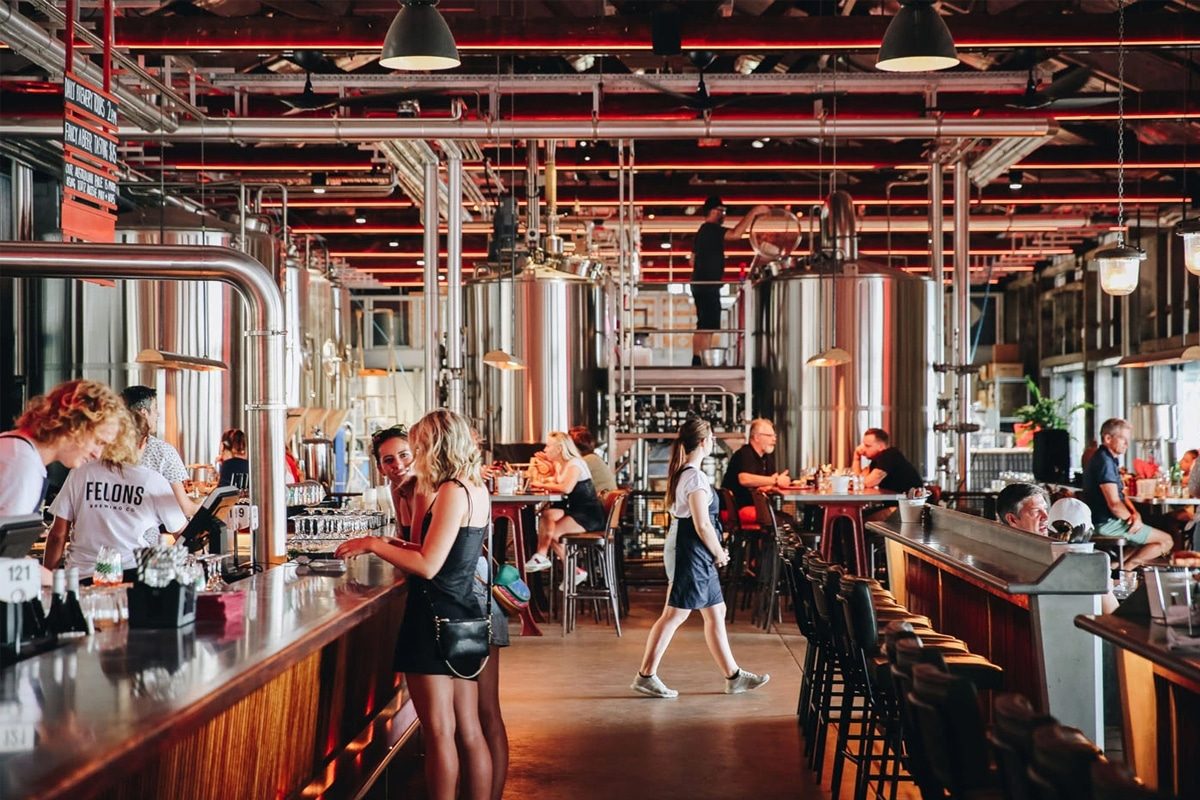
Distribution And Accessibility
Traditional Brewery
Craft Brewery
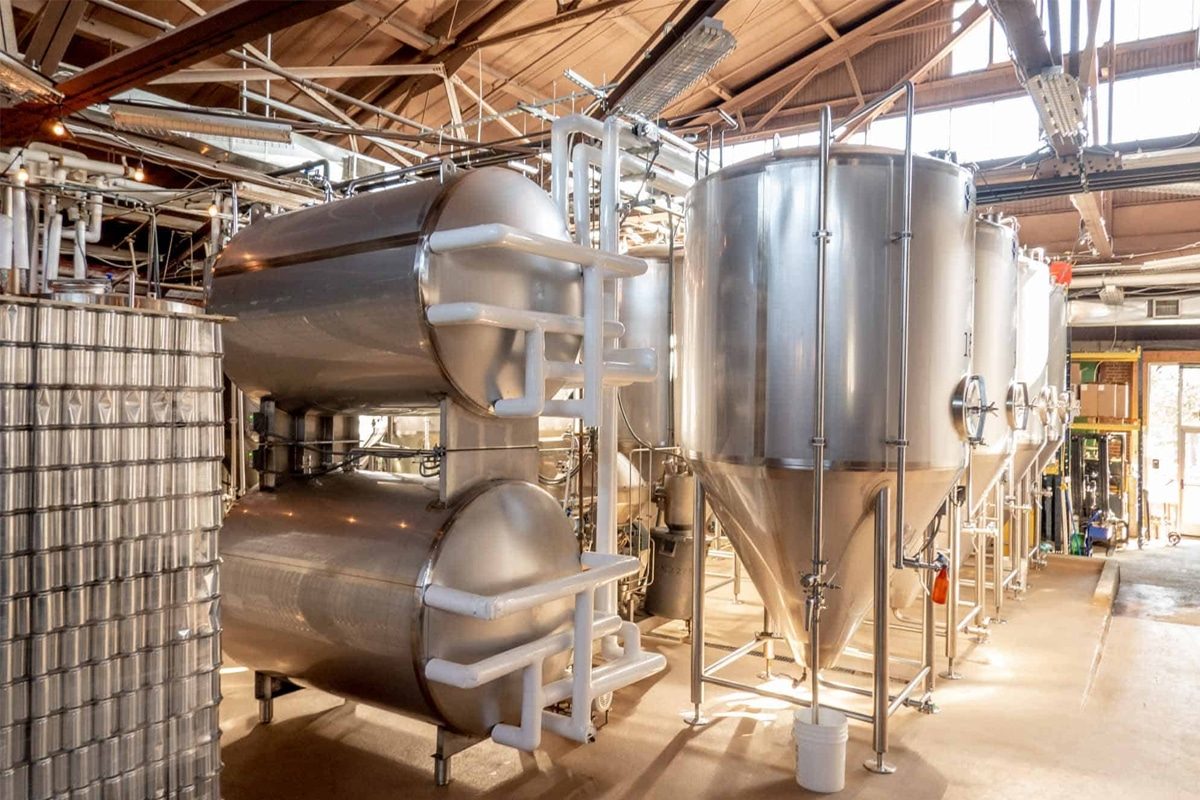
Impact on Beer Culture
Traditional Brewery
Craft Brewery
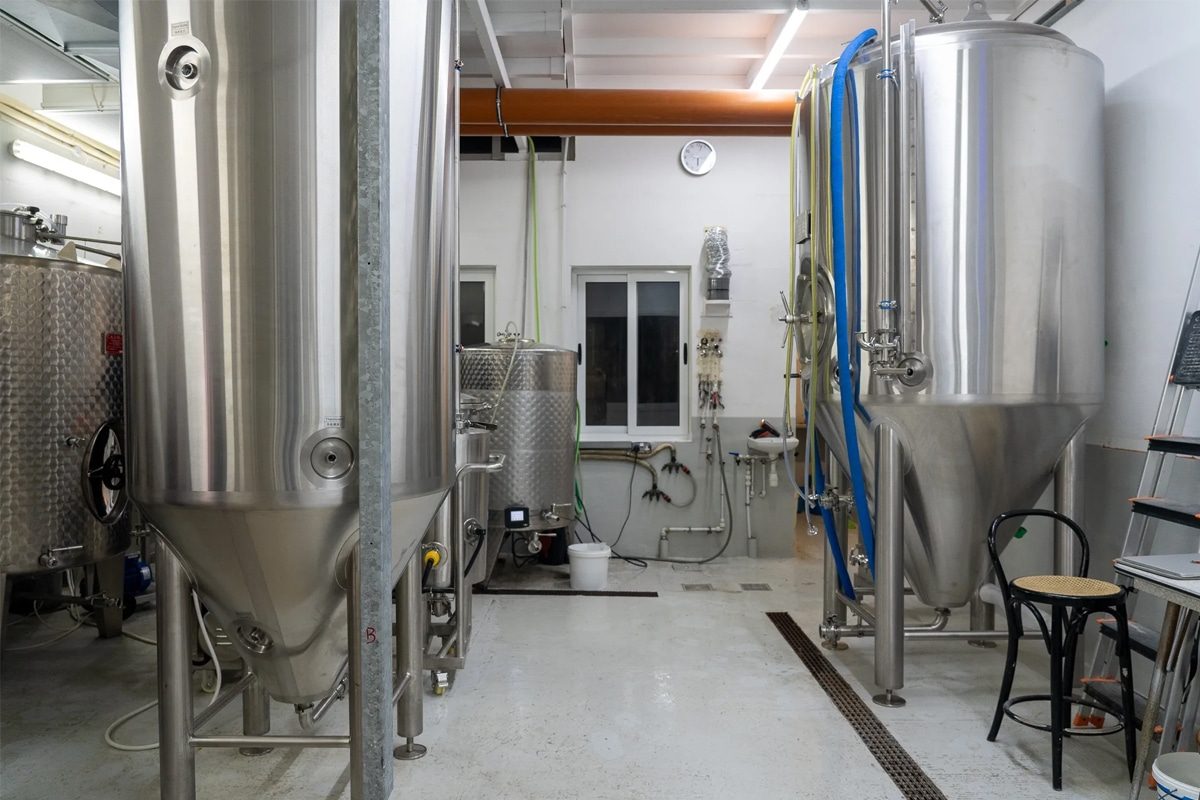
The Future of Brewing
The beer industry is constantly evolving, with breweries and craft breweries alike adapting to changing consumer preferences and market dynamics. There may be some key developments in the future:
- Market consolidation: The beer industry is likely to see further consolidation as large companies continue to acquire craft breweries. This raises questions about the future of the craft beer movement and its impact on the authenticity and independence of these breweries.
- Sustainability: Sustainability is becoming increasingly important in the brewing industry. Craft breweries, in particular, may take the lead in adopting environmentally friendly practices, from sourcing local ingredients to implementing energy-efficient brewing methods.
- Innovation: As consumer tastes continue to evolve, breweries and craft breweries alike need to adapt and innovate to stay competitive. The pursuit of unique flavors and experiences will drive brewing experimentation.
- Globalization: The global beer market will continue to expand, making it easier for breweries to reach international consumers. Craft breweries may find opportunities to export their unique products to a global audience.
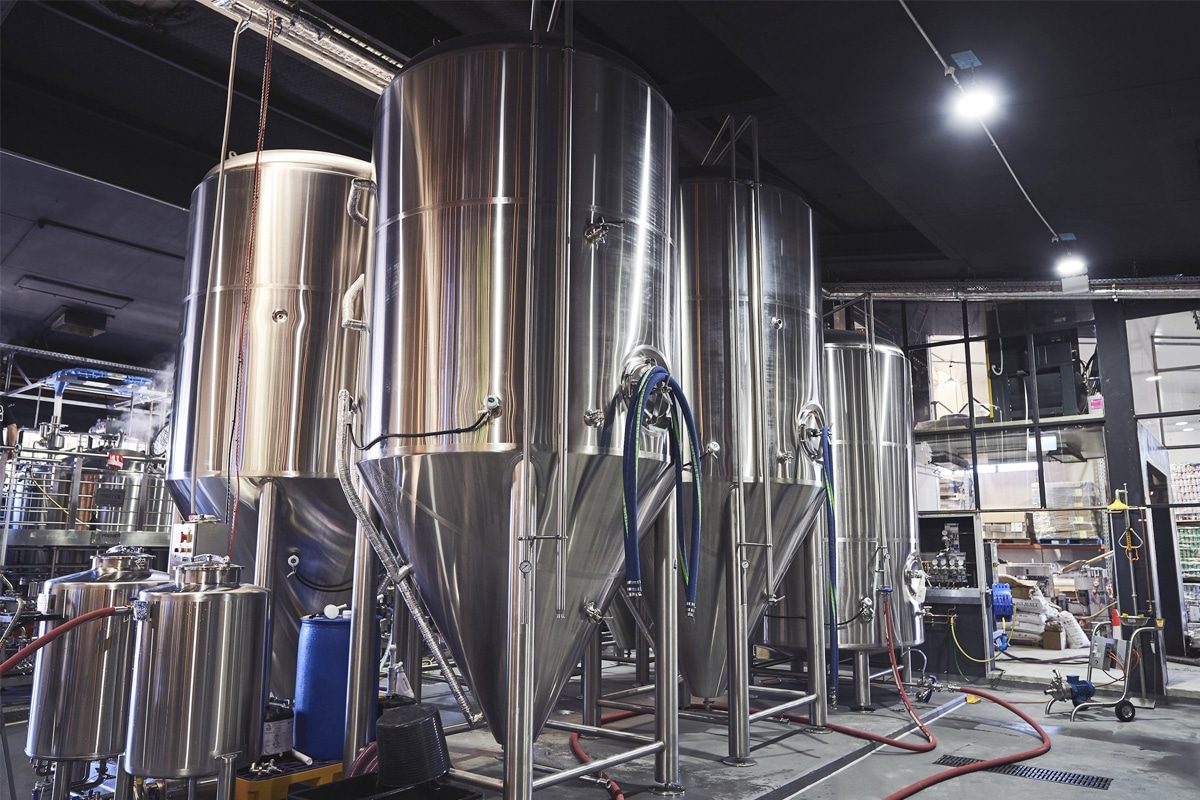
Conclusion
